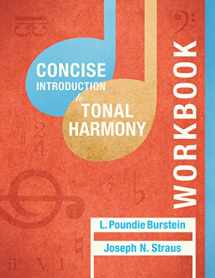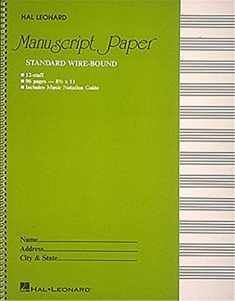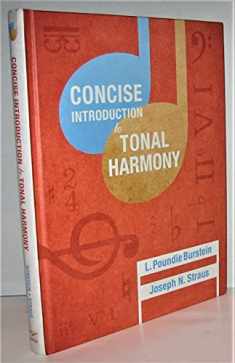Reader reviews


We would LOVE it if you could help us and other readers by reviewing the book
1 - 1 of 1 reviews
Great workbook, great buy, hopefully it will go down in price for the non-college students I have.
Very well thought-out and planned. Quite comprehensive too in progression possibilities. It does get a bit cumbersome with some of the exercises and chord spellings that stray from convention, so I simplify some of the work.
It is to slow to introduce different chords and chord functions. Students should be able to dive into harmonic analysis after learning triads and seventh chords based off of scale degrees. Learning to use accented and unaccented non-chord tones and focus on cadences are much more valuable than working out every type of harmonic prog.






